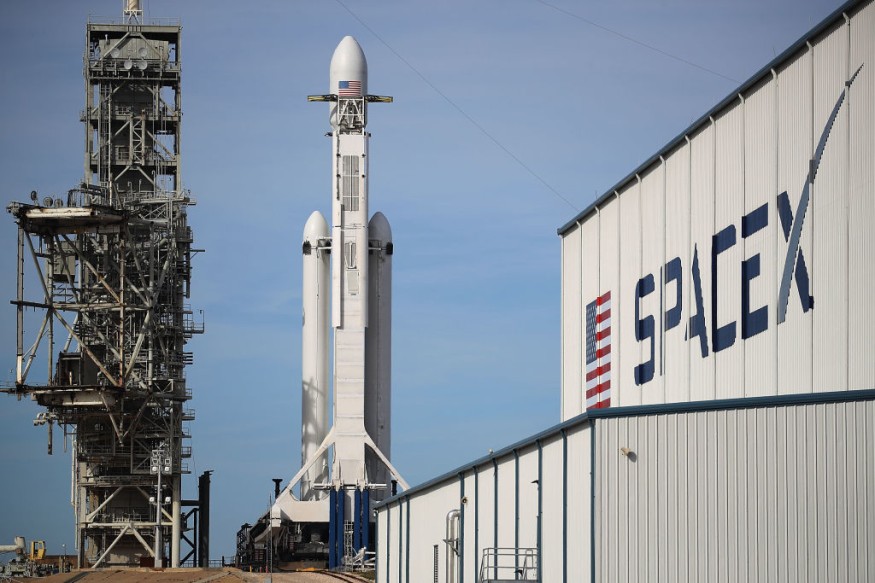NASA and SpaceX said the next Crew Dragon flight to the International Space Station is scheduled to fly on April 22. The four-person team will be the first to pass on a previously-flown Falcon 9 booster and a reused Dragon spacecraft. A NASA official said this week that the rocket and capsule are in perfect shape as refurbishment at Cape Canaveral nears completion.

NASA said the launch date of April 22 is a two-day deviation from the original target launch date of April 20. Officials from NASA and SpaceX said earlier this week that the mission would be delayed by a "couple of days" to allow for a more "optimized" trajectory to the space station after liftoff.
The Crew Dragon "Endeavour" spacecraft, which flew to the International Space Station with astronauts Doug Hurley and Bob Behnken last year, is set to launch atop a Falcon 9 rocket from NASA's Kennedy Space Center's pad 39A.
A NASA spokesperson told SpaceFlightNow said the Crew Dragon would dock with the space station at 7:05 a.m. EDT if the mission called Crew-2 launches on April 22.
ALSO READ : NASA Plans Including Woman in New Race to the Moon, Elon Musk's Space X Collabs With Artemis Mission
Who Will Join The Next Crew Dragon Launch?
According to Reuters, the second full-fledged space station crew-rotation experiment was launched on a privately operated spacecraft, a SpaceX Falcon 9 rocket carrying the Crew Dragon capsule into orbit.
Two NASA astronauts, mission commander Shane Kimbrough and pilot Megan McArthur, are among the four members of SpaceX Crew-2, which also includes Japanese astronaut Akihiko Hoshide and European Space Agency mission specialist Thomas Pesquet.
Straits Times said the incoming cosmonauts would replace the four SpaceX Crew-1 astronauts who arrived in November and cosmonauts who were transported to the orbital outpost on a Soyuz MS-18 spacecraft after docking with the station.
Crew-2 is scheduled to stay in space for six months, while Crew-1 is scheduled to return to Earth in early May.
McArthur will be the next member of her family to go into space on a Crew Dragon. Bob Behnken, her partner, was one of two NASA astronauts on the first manned Crew Dragon launch, a trial flight last August that marked NASA's first human orbital mission from American soil in nine years, following the completion of the space shuttle program in 2011.
What's In Store for The Next Crew Dragon Launch?
NASA's commercial crew program manager Steve Stich said per ClickOrlando that the Crew Dragon for the Crew-2 mission would have upgraded features built to make the spacecraft smoother and able to withstand rougher seas and stronger winds.
In the event of a big problem with the Falcon 9 rocket on the launch site, the Crew Dragon could execute a pad abort. The capsule would use its SuperDraco abort engines to blast itself off the booster and into the Atlantic Ocean, near the Florida seaside launch complex.
A pad abort or in-flight abort would help guarantee the astronauts' safety if the rocket failed catastrophically.
An explosion of a test capsule in 2019 shortly before the ground firing of the SuperDraco engines was one technological problem that postponed the first astronaut flight on a Crew Dragon spacecraft. According to investigators, an accidental interaction of nitrogen tetroxide, one of the propellants used in the SuperDraco engines, with a titanium valve in the high-pressure propulsion system caused the blast. According to Stich, SpaceX has updated the propulsion system for the upcoming flight to make it safer.
RELATED ARTICLE : SpaceX to Reuse Dragon Spacecraft Fleet After Rocket Booster from NASA Crew-1 'Leaned'
Check out more news and information on SpaceX on Science Times.
© 2025 ScienceTimes.com All rights reserved. Do not reproduce without permission. The window to the world of Science Times.











